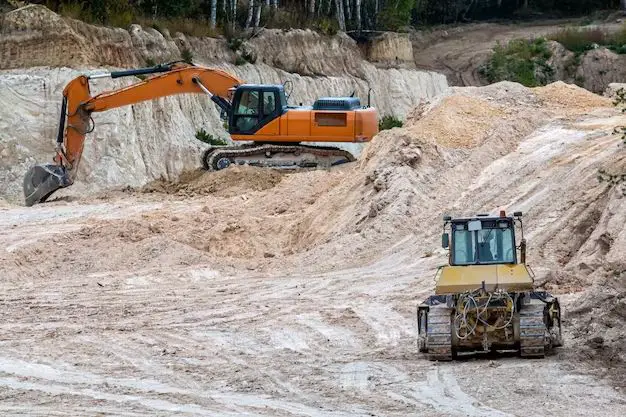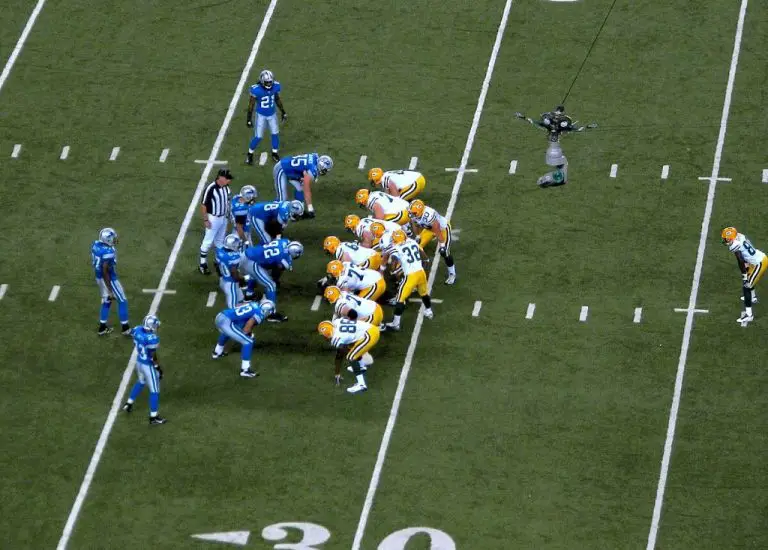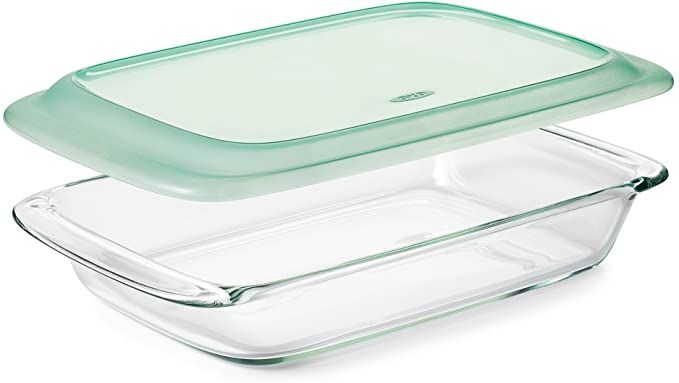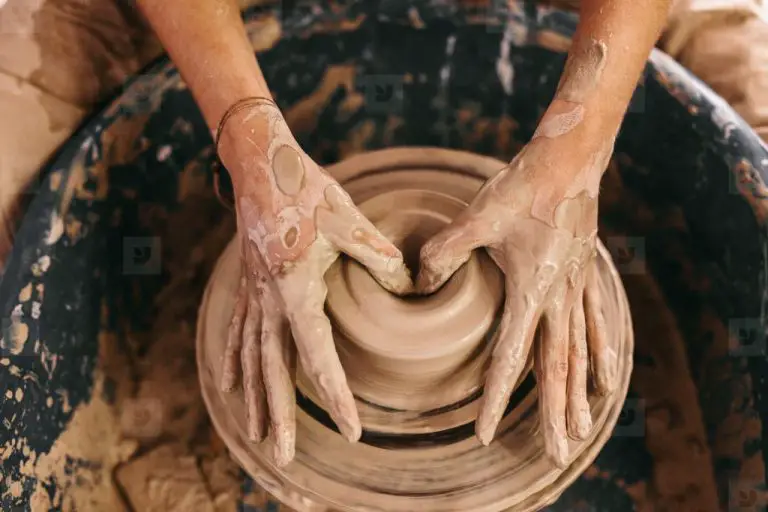How Do You Stick Dry Clay Back Together?
Repairing broken or damaged dry clay pieces can seem daunting, but with some basic techniques and materials it is very achievable. The key steps involve cleaning the broken surfaces, applying a suitable adhesive, carefully aligning the pieces, clamping them together while they dry, filling any gaps, smoothing the seams, priming and painting as needed, and then sealing and protecting the repaired area. With care and patience, you can often make repairs that are barely noticeable. The strength of the adhesion and the visibility of the mended crack will depend on the clay body, the adhesive used, and the skill with which the break is restored. With some trial and error, you can become adept at patching up many types of ceramic objects and sculptures using readily available materials.
Assess the Damage
When your dry clay project breaks, the first step is to assess the damage. Carefully look at the size and location of all the broken pieces. Gather all of the fragments and lay them out on a flat surface in their approximate positions. This will give you a sense of how the original object fit together.
Pay attention to the break lines and edges of each fragment. Clean breaks will be easier to realign and glue, while jagged edges may need extra smoothing. Make notes on any missing chunks or sections that may need to be re-sculpted.
Also check the surfaces of the broken areas. Parts that will be glued together must be clean for the adhesive to bond properly. Check for any debris, old glue, or flaking clay coating the break lines. Any contaminants will need to be removed before gluing.
Clean the Surfaces
Before applying any adhesive, it is critical to thoroughly clean the broken edges of the dry clay pieces. This removes any dust, dirt, oils or other contaminants that could inhibit proper bonding. Use a stiff-bristled brush to scrub away all debris from the break.
Focus on removing any clay dust or particles, wiping any grit away with a dry cloth. It helps to gently scrape along the broken edge with a blunt tool to dislodge any embedded fragments. The goal is to reveal fresh, clean clay that has not been weakened or contaminated.
It may be necessary to lightly sand any rough areas to smooth them out. This will provide a better surface for the adhesive to grip. Just take care not to overly abrade the clay. Clean the pieces again after sanding to remove any residual dust.
Proper cleaning is a critical first step before attempting to rejoin dry clay. Taking the time to thoroughly scrub and prepare the broken edges will ensure a lasting, durable repair.
Apply Adhesive
When sticking dry clay pieces back together, it’s important to use the right type of adhesive. The best glues for repairing clay depend on the type of clay you are working with:
- For air-dry clays like Powertex or Celluclay, white craft glue or tacky glue work well. Look for PVA or polyvinyl acetate-based glues.
- For polymer clays like Sculpey or Fimo, opt for strong two-part epoxy adhesives. Make sure to choose one formulated for plastics.
- For natural clays like pottery clay or modeling clay, pick a flexible ceramic adhesive made for repairing ceramics and pottery.
Check the clay package or manufacturer website for recommendations on the best adhesive to use. Avoid super glues which can cause more cracking. Apply a thin layer of glue to both sides of the broken edges using a disposable craft stick or toothpick. Let the adhesive fully cure before clamping or handling the repaired piece.
Align the Pieces
When putting the clay pieces back together, it is crucial to match up the edges as precisely as possible. Any misalignment will result in an uneven repair that is clearly visible. Take your time and carefully adjust the pieces so the edges align perfectly. The more precise you can be at this stage, the better the final result will look.
Examine the break edges closely. You may see puzzle piece-like fits where the edges interlock. If so, these unique fits will help guide proper alignment. You may also look for any distinctive patterns or colors in the clay and use those as alignment guides. The goal is to recreate the original seamlessness of the clay.
As you position the pieces, you may need to gently sand or file down rough or uneven edges. This will create cleaner breaks that join together neatly. Work slowly and methodically. With focus and patience, you can achieve a tight, invisible repair.
Clamp the Repair
Once you have aligned the pieces and applied adhesive, it’s important to use clamps or weights to hold the repair in place while the adhesive dries and sets. This prevents the pieces from shifting and keeps the break tightly closed as the bond forms.
Clamps like C-clamps or bar clamps work very well for this. Position them across the repair seam to apply even pressure. If using C-clamps, pad them with rags or wood blocks to prevent marring the clay surface.
As an alternative to clamps, you can simply place a weight like a book or brick on top of the repair. Make sure to protect the clay surface from scratches. Apply enough weight so the pieces are held firmly together as the adhesive cures.
Leave the clamps or weight in place for the full adhesive drying time as recommended by the manufacturer. This ensures the strongest bond possible across the repaired seam.
Fill Gaps and Holes
Once the pieces of dry clay are securely reattached, inspect the repair for any gaps or holes between pieces. Small gaps and holes are common and should be filled to strengthen the repair and achieve a smooth, continuous surface.
The best material to use for filling gaps and holes is clay slip. Clay slip is a liquefied mixture made from the same clay used to create the original piece. To make clay slip, simply mix scraps of leftover dry clay with water until a thick, smooth consistency is achieved.
Use a small spatula, toothpick, or sculpting tool to press the clay slip into any gaps or holes. Apply the slip generously to fill the spaces fully. Once the slip has dried, you can smooth and blend it with the surrounding clay using fine sandpaper or a damp sponge.
Filling imperfections with matching clay slip results in a repair that looks continuous with the original sculpted clay artwork. Take care to let each application dry fully before adding more slip or smoothing.
Smooth Seams
Once the repair adhesive has fully cured and dried, it’s time to smooth the seams. Take a sheet of fine grit sandpaper, around 220 grit, and gently sand down the dried adhesive. Focus on areas where there are lumps, bumps, or uneven surfaces. You want to feather and blend the edges so they smoothly transition into the original clay surface.
Be very gentle and careful not to sand too aggressively, which could dig into the clay. Work in small circular motions. Continuously check your progress to see that you are softly sanding down any imperfections. Pay close attention to ensuring a smooth, even surface.
After sanding, wipe away all dust with a dry cloth. Now run your fingers over the sanded areas to double check for any remaining unevenness. The goal is for a seamless, smooth, blended repair.
Prime and Paint
Once the clay repair has dried completely, you’ll want to prepare the surface and paint it to blend the repair seamlessly. Start by lightly sanding the repair and surrounding area with fine grit sandpaper. This will smooth out any ridges and create a uniform surface for painting. Wipe away any dust with a tack cloth.
Apply 1-2 thin coats of gesso or acrylic primer over the repair and extend it onto the surrounding surfaces. Let each coat dry fully before adding the next. The primer will provide an ideal base for the paint to adhere. If the original piece was unpainted clay, you can skip priming and go straight to painting.
Next, match the original paint color as closely as possible. You may need to mix custom colors to achieve an accurate match. Test the color on a scrap piece of clay or a paint mixing board before applying it to the actual repair. Use a small brush to gently blend the new paint onto the surrounding clay. Apply multiple thin layers to build up the color, allowing each layer to dry in between.
With careful blending, you should be able to achieve a finished result where the painted repair is indistinguishable from the original surfaces. The repaired piece will look as good as new!
Seal and Protect
After repairing and rejoining your dry clay pieces, it’s important to seal and protect the finished work. Applying a protective sealant will help prevent future cracking, chipping, staining, and other damage.
Look for a sealant specifically formulated for clay, ceramic, or porcelain. These are often water-based acrylic sealers. Avoid using non-porous sealants like polyurethane, which can discolor or damage clay surfaces. Carefully read and follow the product instructions.
Make sure the repaired clay is completely clean and dry first. Use a soft cloth to apply a thin, even coat of sealant over the entire surface as well as down into any crevices and seams. Let the sealant dry completely, then repeat with a second coat for maximum protection. The sealant will help lock in paints and stains while providing a durable, water-resistant barrier.
Once sealed, handle the finished piece gently until fully cured, usually within a few days. Then the clay can be put back into use while benefiting from the added protection. Reapply sealant periodically to maintain its protective properties.




